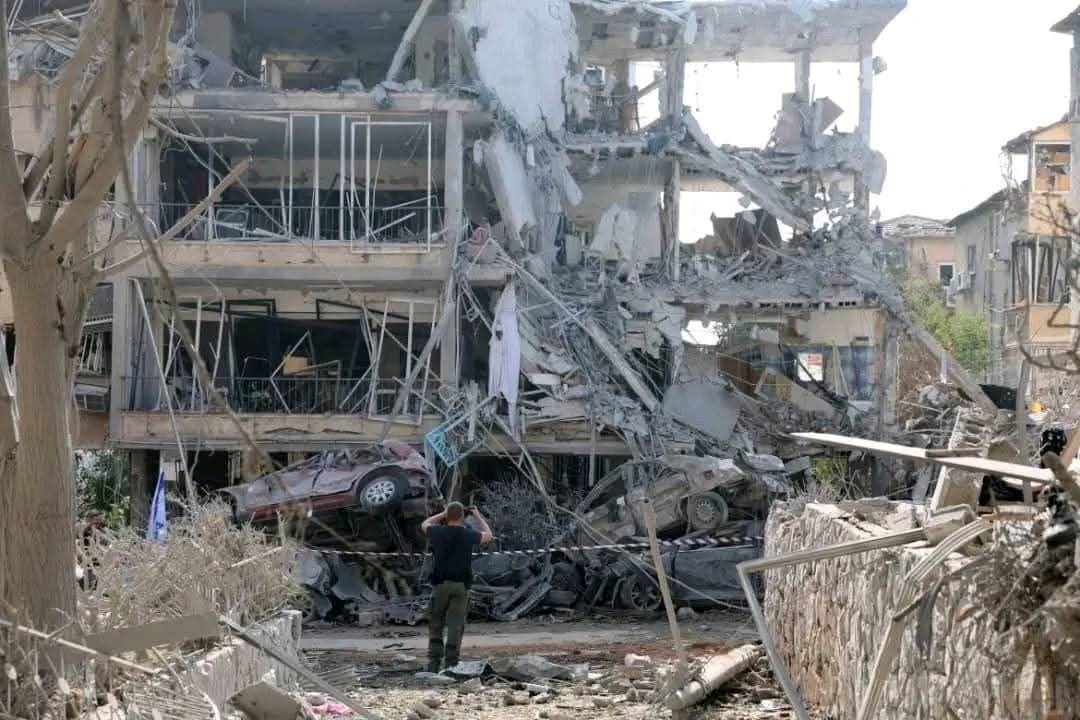By Suleman Chitera, Lilongwe Malawi
The eruption of direct war between Israel and Iran marks one of the most volatile and consequential escalations in the Middle East in decades. Long-time adversaries, Israel and Iran have historically engaged through proxy forces, cyberattacks, and covert operations. Now, that shadow conflict has exploded into open warfare, threatening regional stability, global oil markets, and geopolitical alliances.
Background: A Decades-Long Cold War
Tensions between Israel and Iran are deeply rooted in ideology, politics, and security concerns. Iran has consistently opposed the existence of Israel, backing militant groups like Hezbollah in Lebanon and Hamas in Gaza. Israel, for its part, views Iran’s nuclear ambitions and regional influence as existential threats.
For years, both nations conducted indirect hostilities: Israel targeted Iranian arms convoys and military positions in Syria, while Iran armed and funded anti-Israeli groups. However, diplomatic stalemates, regional instability, and rising domestic pressures have pushed both sides to a breaking point.
The Trigger: What Sparked the War?
The current conflict was sparked by a combination of factors:
Nuclear Escalation: Reports indicated that Iran had enriched uranium beyond civilian use thresholds, alarming Israeli intelligence and prompting calls for preemptive strikes.
Missile Attacks: Iran-backed militias launched unprecedented attacks on Israeli territory, which were swiftly blamed on Tehran itself.
Retaliatory Airstrikes: Israel responded with deep strikes into Iranian territory, targeting suspected missile sites and nuclear facilities, leading to direct Iranian retaliation.
What began as tactical responses quickly escalated into strategic warfare.
The Conflict: Key Fronts and Tactics
- Air and Missile Warfare:
Israel has leveraged its advanced air force, Iron Dome missile defense system, and cyber capabilities. Iran, while technologically less advanced, has launched waves of drones and ballistic missiles, targeting both military and civilian areas. - Proxy Involvement:
Hezbollah in Lebanon, militias in Iraq and Syria, and Hamas in Gaza have joined the fray, widening the battlefield. Israel faces attacks on multiple fronts. - Cyber and Infrastructure Attacks:
Both countries have launched cyberattacks—disrupting power grids, communication systems, and banking services. - Naval Engagements:
The Strait of Hormuz, a critical oil passage, has seen skirmishes, leading to global oil price spikes and fears of a broader international crisis.
Regional and Global Implications
Middle East Instability:
Arab states, many of whom have normalized relations with Israel under the Abraham Accords, face tough choices. While they oppose Iranian aggression, open Israeli warfare makes cooperation difficult.
Economic Shockwaves:
Oil prices have soared, supply chains disrupted, and global markets rattled. A prolonged conflict could cripple economies already burdened by inflation.
U.S. and Russia Involvement:
The U.S. has backed Israel diplomatically and with military aid, but is reluctant to engage in another Middle Eastern war. Russia, an ally of Iran and heavily invested in Syria, watches closely, seeking influence without direct confrontation.
Risk of Wider War:
The most worrying scenario is the war spiraling into a regional conflagration—drawing in Gulf states, Turkey, and even triggering civil unrest in neighboring countries.
The Human Cost
Beyond geopolitics, the war is already exacting a tragic human toll:
Thousands of civilians have been killed or injured.
Millions are displaced or living in fear.
Vital infrastructure has been destroyed in Tehran, Tel Aviv, and beyond.
Humanitarian corridors are being negotiated, but aid is scarce and slow.
Conclusion: A Path Forward?
While both Israel and Iran claim to be defending national security, the war threatens to destabilize the entire Middle East. Diplomats are racing to broker a ceasefire, but mutual distrust, ideological rigidity, and domestic political pressures make peace elusive.
The international community faces a crucial test: to de-escalate tensions, prevent regional war, and revive diplomacy before the conflict consumes more lives and nations.
The war may be between two nations, but its consequences are truly globa




